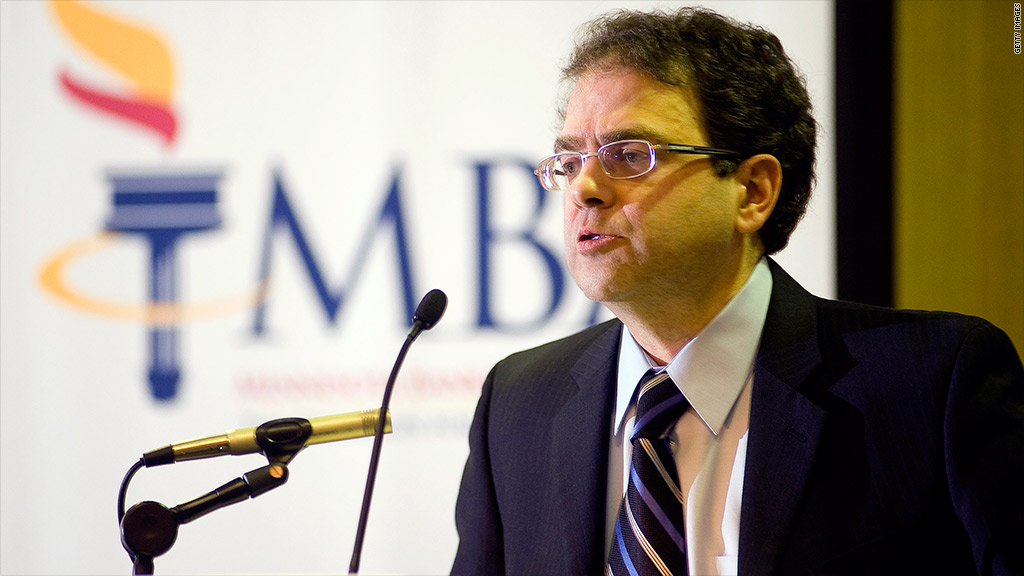
One member of the Federal Reserve wants the central bank to stimulate the economy even more.
Narayana Kocherlakota, president of the Federal Reserve Bank of Minneapolis, said Tuesday that he believes the Fed is still not doing enough to bring the unemployment rate down.
"I would say that my outlook for unemployment and my outlook for inflation both point to a need for more accommodation than is currently being provided by the FOMC," he said in prepared remarks before the Financial Planning Association of Minnesota.
Kocherlakota is not a voting member of Federal Open Market Committee this year, but he still gets to voice his opinion in the Fed's policymaking meetings, the next of which is scheduled to take place in two weeks.
He wants the central bank to focus on bringing the unemployment rate down to 5.5%, not the 6.5% goal it announced last month. Lowering that goalpost, he said, would increase the demand for goods and boost the job market, while still not raising inflation above 2.5% any time soon.
Related: Bernanke: Get rid of the debt ceiling
The Fed's current thresholds for a 6.5% unemployment rate and 2.5% inflation are part of Chairman Ben Bernanke's effort to increase the transparency of the central bank. The hope is that these thresholds give financial markets a clearer understanding of when the Fed may eventually be ready to raise interest rates.
At this point, the Fed's own forecasts show that time is not likely to come until at least 2015.
The central bank has kept interest rates at record lows since December 2008, but that alone has not stimulated the economy enough to lead to a full jobs recovery. To add additional stimulus, the Fed has also been purchasing various types of bonds in three programs known as quantitative easing.
But there is disagreement among policymakers on how long those programs should continue.
Earlier this month, minutes from the December meeting hinted that some Fed members believe the central bank should halt its asset purchases as early as this year.
Other Fed officials also spoke this week in defense of those programs.
San Francisco Fed President John Williams said Monday that he believes quantitative easing should remain in place "well into the second half of 2013." The Fed is currently buying $45 billion in Treasuries and $40 billion in mortgage-backed securities each month.
Eric Rosengren, president of the Boston Fed, followed up those comments Tuesday morning, saying he believes "continued monetary accommodation is absolutely appropriate and indeed needed."
Rosengren believes the Fed's efforts have been effective in encouraging consumers to buy homes, cars and other long-lasting goods, and for that reason, they need to be kept in place to encourage a quicker recovery.

Rosengren is scheduled to rotate into a voting role on the FOMC later this month, along with Esther George of Kansas City, Charles Evans of Chicago and James Bullard of St. Louis. The central bank rotates four out of its 12 regional presidents into voting positions at the start of each year.


